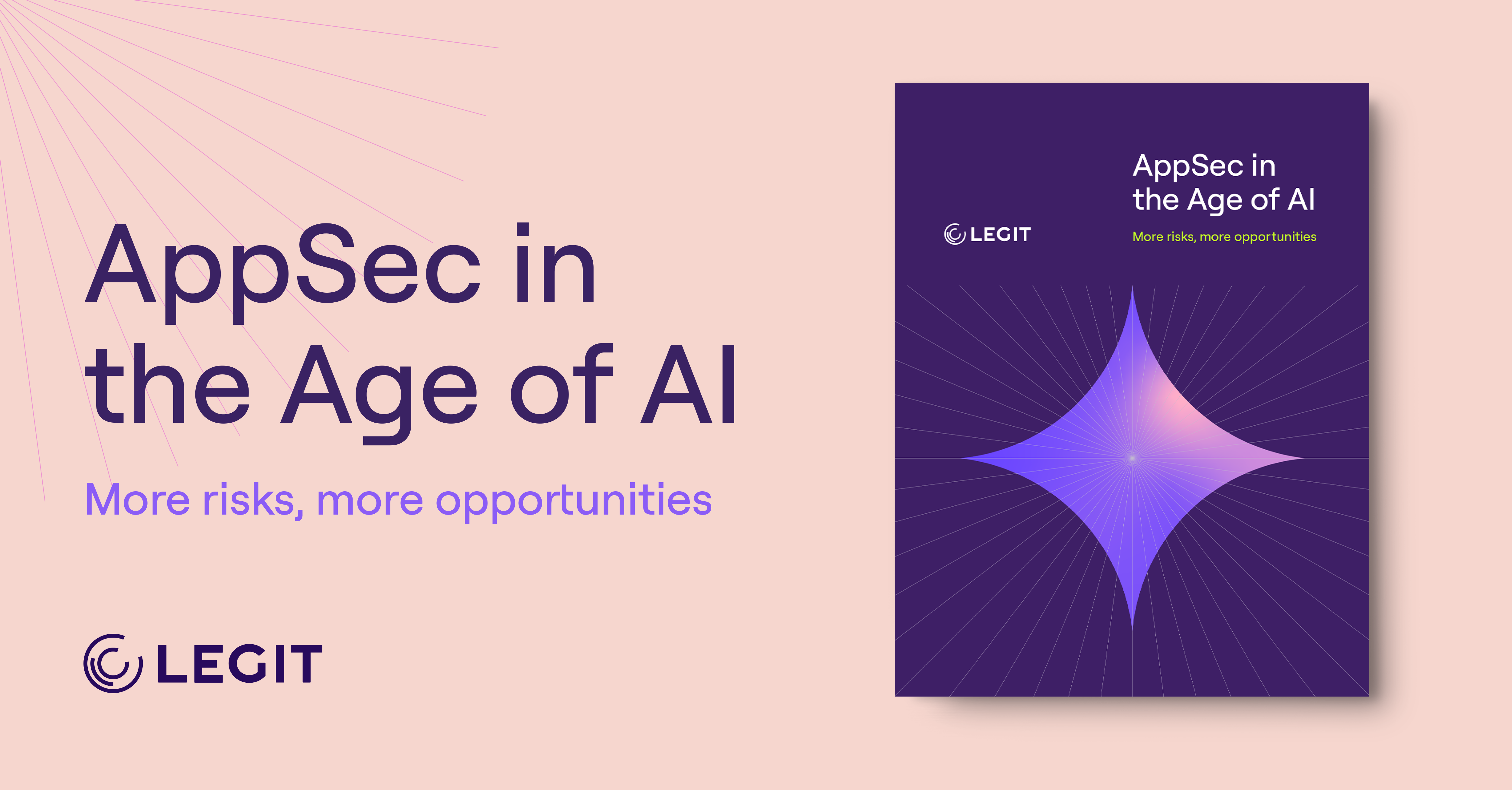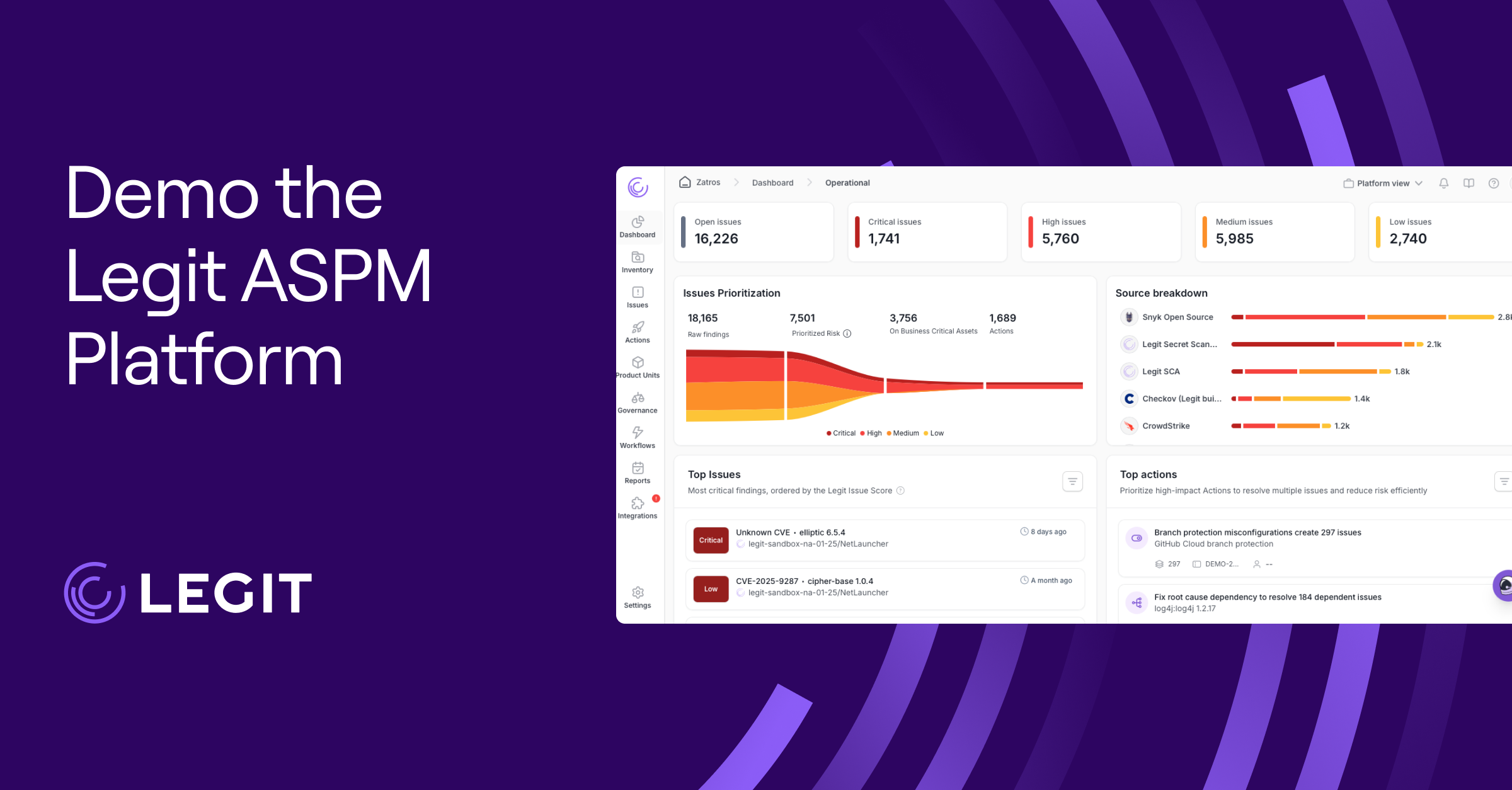As AI algorithms grow more powerful, they’re also increasingly difficult to understand. Even the engineers who built the frontier generative AI models aren’t always sure how they work. This so-called black box problem has led to greater calls for transparency in artificial intelligence. And as AI adoption expands, the need for more guardrails around this technology also grows.
AI Bills of Materials (AIBOMs) have emerged as a new way to promote transparency in AI creation, as well as accountability and stronger security in AI systems. A secure document of everything that goes into your AI can support your team with everything from faster, easier audits to keeping bad actors at bay.
What Is an AI Bill of Materials (AIBOM)?
If you’re already familiar with software bills of materials (SBOMs), then the definition of BOM will make sense in the context of artificial intelligence. An AIBOM is a structured document or dataset that provides detailed information about the components of an AI system. For most AI models, this includes:
- Datasets used to train the model
- Third-party data libraries
- Pre-trained AI models used as a base for your AI systems
- Infrastructure dependencies like LangChain, PyTorch, or TensorFlow
In the same way SBOMs bring clarity to the software supply chain, AIBOMs provide insight into the dense hierarchy of knowledge necessary to understand how a given AI model works. This provides the visibility needed to deploy AI responsibly.
How Does an AIBOM Work?
AIBOMs can make your AI models more efficient and competitive in today’s market. Here are some of the core mechanisms that determine how BOMs in AI work and their effectiveness:
- Detects potential exposure: By mapping all assets involved in AI models, AIBOMs make it easier to mitigate risks by identifying outdated libraries, unpatched elements, or other vulnerable components.
- Improves team collaboration: Teams often operate in silos and lose track of how different components work together. By providing a comprehensive view of components, AIBOMs detail everything from datasets to APIs so every team member knows what’s in play.
- Identifies unauthorized model versions: A bill of materials for AI models can help developers detect when adversarial machine learning attacks or other unauthorized models have been deployed.
- Supports readiness for security audits: AIBOMs document all necessary components and centralize this information for easy retrieval to help with AI security and compliance.
Benefits of Implementing an AIBOM
Organizations that implement AIBOMs can gain a lot of immediate and long-term benefits across security, compliance, and performance of their AI model, as well as overall consumer trust:
- Transparency: Embedding transparency in your AI datasets from the start can help your company comply with regulations that will likely arise to address the general public’s concerns about AI safety and unintentional harm that’s come from algorithms. It can also help teams identify problems after deployment and support industry gold standards as they develop.
- Quality control: Tracking and documenting details of AI systems can improve data quality and training consistency. Having all information about your AI model in one place can also help developers spot inconsistencies or errors that might arise from irrelevant or even poisoned data sources.
- Bias detection: AI is prone to bias stemming from its datasets, so full-transparency AIBOMs can help DevOps identify and correct those biases by reviewing inputs and outputs.
- Security enhancements: The first step in protecting all your AI assets is being able to identify them. AIBOMs provide a full picture of the model so the security team can cover all its bases and respond to incidents faster.
The Role of AIBOMs in Compliance Frameworks
Global AI compliance frameworks are still in their early stages. The first AI regulations in the European Union were implemented in August 2024, and it’s likely that more international regulations will come in the near future. How AIBOMs assist with compliance will depend on the specific framework, but they generally lay out a full blueprint for transparency and future audit requirements.
To understand what AI compliance might look like, consider how AIBOMs currently work in three of the most important AI and cybersecurity compliance frameworks:
- National Institute of Standards and Technology AI Risk Management Framework: AIBOMs provide the documentation compliance teams need for AI risk management, identification, measurement, and governance.
- EU Artificial Intelligence Act: AIBOMs support transparency and traceability in high-risk AI systems, including black box generative AI use cases.
- ISO/IEC 42001: DevOps can use the documentation from AIBOMs to meet international standards for AI governance, decision making, and lifecycle management.
How To Create an AIBOM in 5 Steps
Making an AI bill of materials ideally starts in the design phase, but it’s never too late to implement aspects of AIBOMs to secure your data and trained models. These five steps highlight the most important aspects of AIBOM creation.
1. Take Inventory
Start by cataloging everything involved in your AI model’s development. Be sure to update this list to reflect changes in parts and procedures over time. You should also detail your infrastructure and security tools alongside datasets and written or AI-generated code.
2. Establish Update Protocols
Anyone who interacts with the AI development process should be able to suggest improvements and changes to the BOM document, but only authorized individuals implement those changes for clarity and continuity. Put the AIBOM through a review process to ensure security and compatibility across AI-powered tools.
3. Find a Proven Template
Choose an existing template to organize your AI bill of materials. You can adapt common frameworks like CycloneDX, or build your own to suit your specific machine learning needs. Formalizing the documentation process with templates can help you cover your bases and meet international expectations when securing AI.
4. Identify Risks and Limitations
Look for pitfalls early in the process. If your team uses a formal project or product management process, you may have some potential risks already in your assumptions document. Common limitations in AI include:
- Hidden biases in datasets
- Use of proprietary dependencies
- Incomplete documentation
- Unauthorized data sources
- Model versioning inconsistencies
- Outdated hardware
- Unsecured open source software
5. Integrate With DevSecOps
AIBOMs offer even more support to security teams when embedded into DevSecOps pipelines from the start. Looping DevSecOps in from day one also helps companies address risks in the early stages of development (or as soon as they arise), which is crucial for securing AI supply chains from threats.
Enhance Your AIBOMs With Legit Security
Creating your first AI bill of materials may seem intimidating, especially if your model has already been in production for a long time. Legit Security makes it easy for you to generate AIBOMs by embedding AI model tracking directly into its AI-powered security posture management (ASPM) platform.
Legit Security’s ASPM platform continuously monitors AI-driven development pipelines, including generated code and changes caused by retraining AI models. This automation ensures proper documentation and security of your real-time inventory so you don’t have to take notes for your BOM as you go. It also reduces the risk of missing components and critical assets. ASPM doesn’t replace the need for human oversight, but automated data can provide a near-complete base for your DevSecOps team to review.
Generated AIBOMs can strengthen your cybersecurity and responsible AI initiatives. Request a demo with Legit Security today.
Download our new whitepaper.


